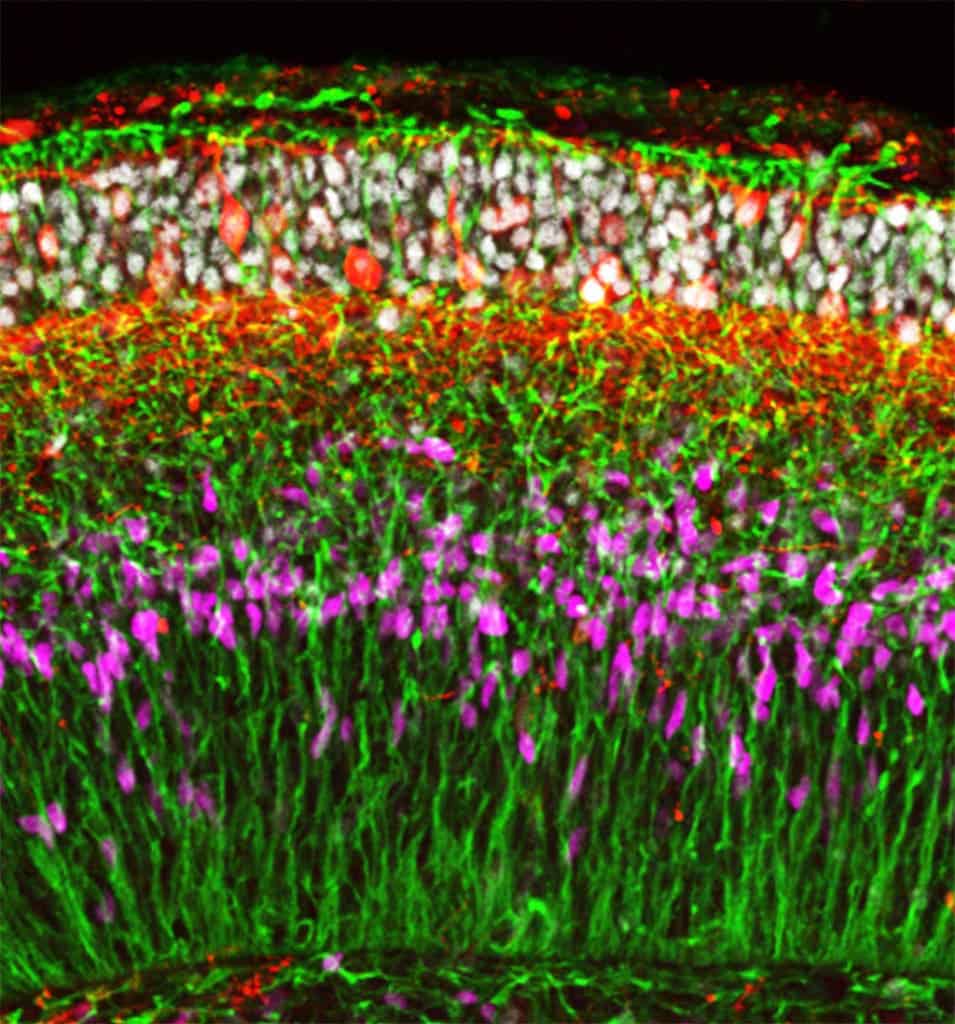Human embryonic stem cells can be induced into forming a developing brain tissue. The brain development process represents one of the most specific processes; during it, neuroepithelium, formed as a flat sheet by the nervous system, grows on the exterior layer of the embryo, after which it folds in to create a neural tube giving rise to the brain and the spinal cord. The process implicates the migration and proliferation of undeveloped nerve cells from the brain at one end and the spinal cord at the other.

The discovery made by Yoshiki Sasai, Taisuke KAdoshima and their colleagues from the RIKEN Center for Developmental Biology consisted in treating human embryonic stem (ES) cells using a system with signaling molecules that induce the formation of nervous tissue from the outer embryonic layer. The thesis of their scientific project was that the cells have the capacity of spontaneously organizing into cerebral cortical tissues – forming at the front of the developing neural tube.
The previous research of Sasai’s team had proven that a new culture technique could involve growing ES cells in suspension, showing that the cells are capable of self-organizing into complex three-dimensional structures. The finding served as a methodology throughout where pieces of cerebral cortex and embryonic eyes from mouse ES cells were grown. Another more recent study showed that there is a complete compatibility with human embryonic stem cells that can also organize into embryonic eyes that contain retinal tissue and light-sensitive cells.
The last study of Sasai’s team showed that the formation of nervous tissue from the outer embryonic layer can be induced by treating human ES cells to grow using the cell culture system with signaling molecules. This was doubled by the finding that the cells spontaneously organize into neuroepithelial tissue which folds up immediately after this, to give a multilayered cortex.
During the thickening of the front end of the neural tube, simultaneous with embryonic development at both ends, waves of cells migrate outward to mold the layered cerebral cortex as well as other parts of the brain. By correlation the study found that the reason why the front end of the neural tube thickens is the growth of the glial fiber, spanning the thickness of the tube and guiding migrating cells.
Another critical difference highlighted by the research between the development of the neuronal tube in mice in humans is that in humans the inner surfaces of the neural tube and the intermediate neuroepithelial zone underneath it contain distinct populations of neural progenitors resembling radial glia. In contrast, the progenitor population in mice and rats is not present in the developing of the cortex. Kadoshima declared that ‘efficient generation of cortical tissues could provide a valuable resource of functional neurons and tissues for medical applications’, suggesting that further research should combine this method with disease-specific human induced pluripotent SE cells, while the reproduction of complex human disorders is also a possible on the table for further experiments.



